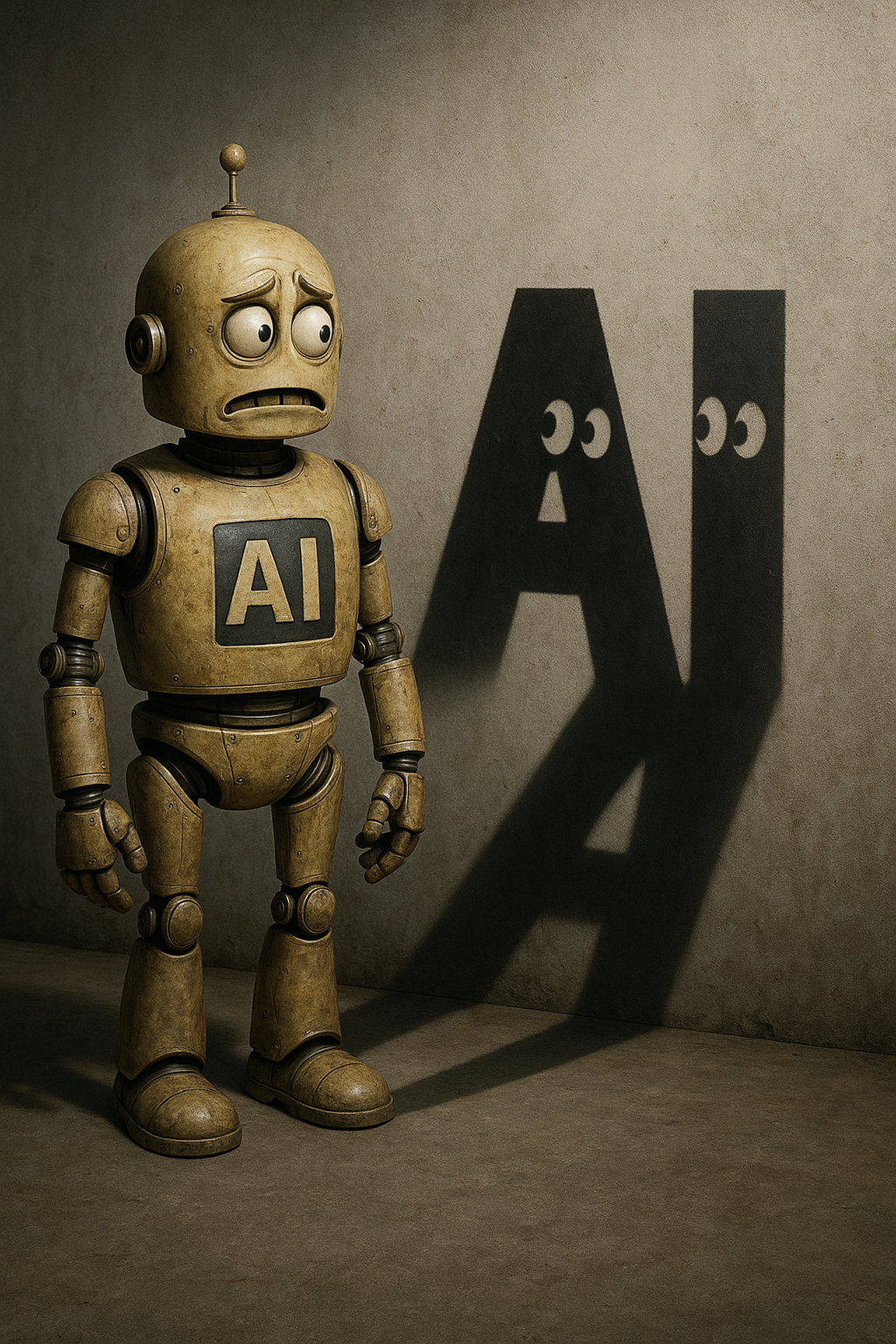Recess in the AI Playground with Ian Kelk from Clarifai
.png)
Listen to this episode on Anchor FM
Does someone have to understand computer coding to use AI? In this episode of the DATAcated on Air podcast, host Kate Strachnyi talks with Ian Kelk from Clarifai. Clarifai is creating a platform for people to utilize AI easily. Learn how Clarifai is working to simplify and improve the process of converting unstructured data to structured data. Listen until the end when Ian shares some funny examples of Clarifai’s models.
You will want to hear this episode if you are interested in...
- Ian’s role at Clarifai [04:13]
- Unstructured data [09:09]
- AI and fake news detection [13:43]
- Humans vs. computers [16:29]
- Companies and computer vision [19:47]
- GPU shortages [24:37]
- Fun with model demos [30:62]
- Computer vision competition [47:57]
Keeping up with AI
Clarifai’s goal is to create a platform that people can use to write code easily. That code then uses Clarifai’s models to generate the results the person wants. The problem is that machine learning models are complicated and time-consuming, and the field is constantly changing. These factors make keeping up very difficult for people. Someone could spend a long time working on one model, and an even better model could come out in a year. Unless a company is focused on these models, it will continuously be left behind. As a result, using AI-centric companies is essential.
Challenges Clarifai faces
Clarifai deals with unstructured data like images, text, audio, and videos and then converting between them. Some of the most exciting models currently are multimodal. Someone could take a picture, and the AI can create a caption. It can also describe what’s happening in a video or find a particular timestamp in a video based on a general description.
The challenges are to obtain structured data from unstructured. For example, if someone has a pile of photos but doesn’t know what’s in them, Clarifai could label them. Clarifai can also search for similar images, such as finding products similar to one in a photo.
Another big challenge Clarifai takes on is making a system people can easily utilize. The idea is to take complicated things like photos and get results without having to understand the nitty-gritty details. The benefit of having a company do this is that other companies won’t have to keep up to date with the latest models. Clarifai has researchers constantly trying to find the best results for every model.
Misconceptions in image recognition
One of the biggest misconceptions in image recognition technology is that computers can recognize things that people can’t. While that is changing and improving, a person will most likely have the same opinion as even the best computer algorithms. Computer algorithms can’t see things that people can’t. In fact, humans generally are still a bit better than computer vision in certain situations.
The advantage computers have is speed. Computers can scan things much more quickly than a human can and don’t become tired. If someone were tasked with looking through thousands of pictures for a lost person, the results would be highly dependent on that human’s state of mind, lighting, level of tiredness, and many other things. A computer would be able to see much better than a human in that scenario. There are still limitations, but computers are great for repetitive or monitoring tasks. Computer vision isn’t just a matter of getting a model initially working. It’s a matter of maintaining the models and keeping them from drifting as things change over time.
Resources & People Mentioned
- Clarifai
- Geoffrey Hinton
- Automatic Fake News Detection: Are current models "fact-checking" or "gut-checking"?
- Clarifai | LinkedIn
- Clarifai | Twitter
- Clarifai | Facebook
Connect with Ian Kelk
Connect with DATAcated
- http://www.datacated.com/
- DATAcated on LinkedIn: https://www.linkedin.com/company/datacated1/
- Kate on LinkedIn: https://www.linkedin.com/in/kate-strachnyi-data/
- DATAcated on Twitter: https://twitter.com/datacated_
- DATAcated on YouTube: https://www.youtube.com/datacated
Subscribe to the DATACATED On Air podcast
Subscribe for industry
updates & insights
Captivating interviews with industry experts
Gain insights into the latest data trends, discover the advancements in AI and machine learning, explore innovative data software, and gain knowledge from influential individuals shaping the data landscape.
Fresh content
Continuously generating content with interviews that cover the latest topics.
Exclusive interviews
Interviews with experts in data analytics and AI to make sure you stay ahead of trends.

Explore our various solutions

Amplify your brand
We are here to support your content creation and amplification needs. Click on "Learn more" to get additional information on how we can help!
Personal Brand Builder
We aim to enhance brand recognition through insightful content in data analytics and AI.
Intentional use of color




.png)